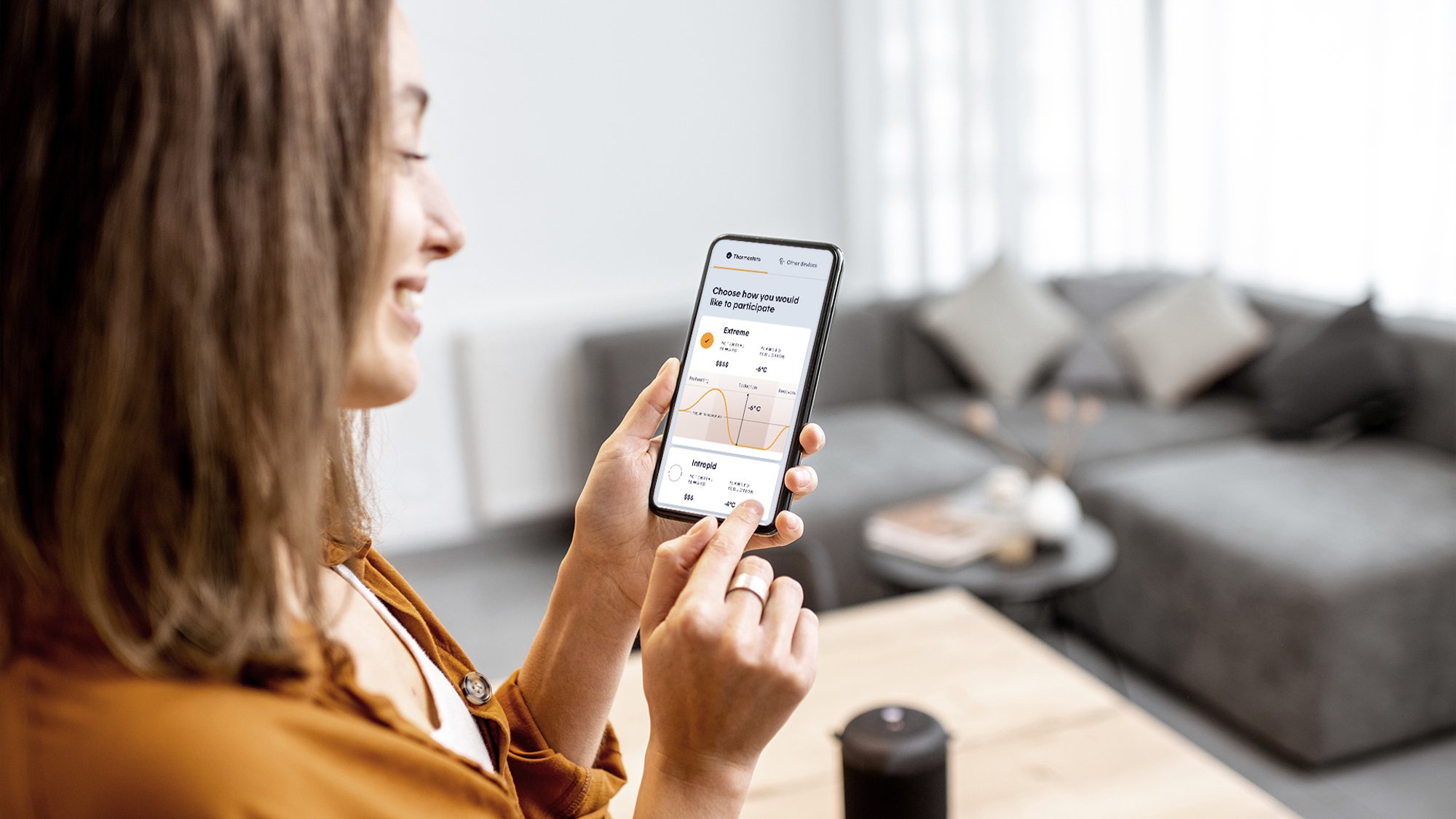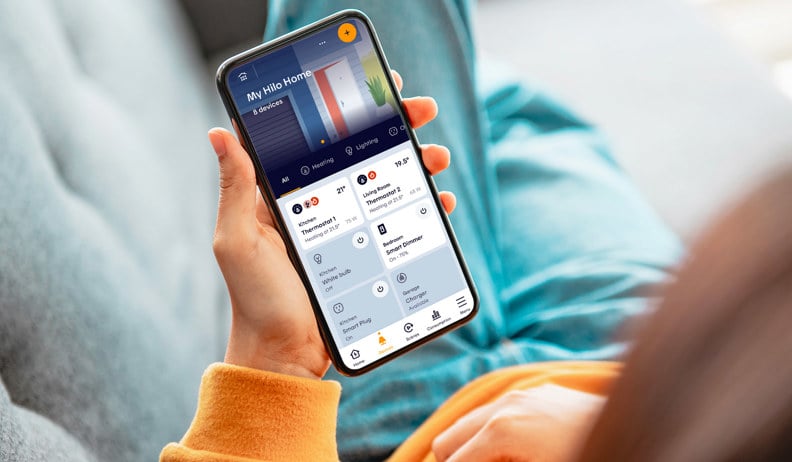5 golden rules for peak demand events
The goal of a peak demand event is to reduce your energy use and help ease the strain on the power grid during periods of high demand. Here are five simple tips to help you maximize your savings during peak events.

1. Let Hilo do all the work!
The beauty of Hilo is that it automatically lowers your thermostat settings during peak demand events. That’s why you shouldn’t adjust your thermostats manually from the start of the preheating phase to the end of the recovery phase. If you do, Hilo will stop controlling your thermostats, and the reduction in your energy use won’t be automated — which could result in lower savings.
2. Avoid using major appliances.
Appliances like the oven, washer, and dryer use a lot of electricity. If possible, wait until after the peak event to run them. That means baking a batch of muffins can definitely wait until the peak event is over! In the kitchen, go for low-energy options like the toaster, microwave, or air fryer, all of which use much less electricity than a conventional oven.
In general, it’s also best to avoid using hot water during peak events. But with the new Hilo new smart water heater controller, you don’t have to go without — as long as you use hot water in moderation.
3. Delay your EV charging
Connect your compatible EVduty charging station to Hilo to automate your participation during peak demand events and save even more. Hilo will automatically pause or reduce charging power at the start of the event, then ramp it back up to 100% once it’s over.
4. Be bold—try Intrepid or Extreme mode!
In Intrepid mode, the temperature rises by 2°C during the preheating phase and drops by 4°C during the reduction phase (compared to +1.5°C and –3°C in Moderate mode). Extreme mode takes it even further, with a 6°C drop during the reduction phase. That means even greater potential for energy savings.



